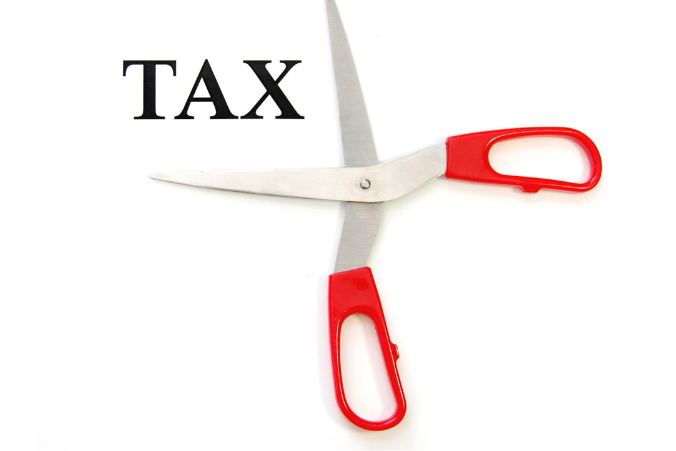
To cut or not to cut? Stage
three personal tax cuts
Heading into the 2022-23 Federal Budget on 25 October, the question for the Australian Government is different. It is not whether to introduce personal income tax cuts but whether to keep, amend or repeal the cuts legislated to commence on 1 July 2024.
In Australia, the 2018-19 Budget introduced the Personal Income Tax Plan. The plan implemented three stages of income tax cuts over seven years that will, by 2024-25, simplify the tax brackets and enable taxpayers to earn up to $200,000 before paying a new top marginal tax rate of 45%. Stages of the plan, bringing relief for low and middle income earners, were brought forward in the 2019-20 Budget and again in 2020-21.
Labor’s pre-election Lower Taxes policy states, “An Albanese Labor Government will deliver tax relief for more than 9 million Australians through the legislated tax cuts that benefit everyone with incomes above $45,000.” But this month, the Treasurer has subtly changed the narrative
The public appeal of repealing the final stage three tax cuts is understandable. Back in 2018-19 when the plan was first introduced, the economy was in surplus and Australia was yet to feel the effects of a global pandemic, environmental extremities, and the Russian invasion of Ukraine. The tax cuts forego around $240bn of tax revenue over the next 10 years, and because it is percentage based, favours high income earners. The public policy think tank, the Grattan Institute, previously warned that if the government progressed with the stage three cuts “Australia’s income tax system will be less progressive than it’s been since the 1950s”.
Conversely, the rationale for reforming the current personal income tax regime where the highest marginal tax rate applies from around 2.5 times average full-time earnings (compared to around 4 times in Canada and 8 times in the US), is also understandable. When it comes to international competitiveness, New Zealand’s top marginal tax rate is 33% (from $180,000) and Singapore’s is 22%, increasing to 24% in 2023-24. If implemented, stage 3 of the income tax plan would see around 95% of taxpayers paying a marginal tax rate of 30% or less.
Our best guess? The Government will announce a review of the stage three tax cuts, then open the issue to consultation, locking in the position, whatever it is, in the 2023-24 Federal Budget.
